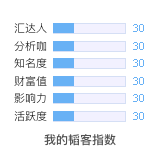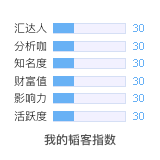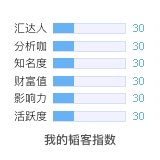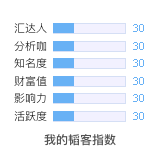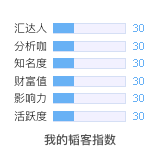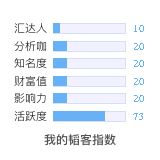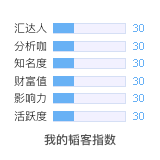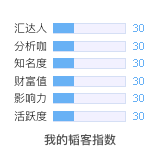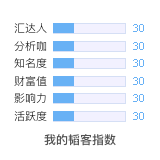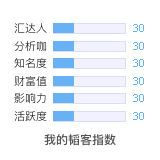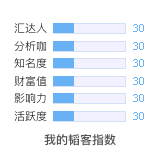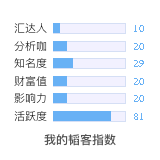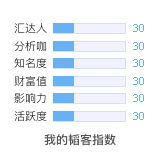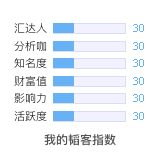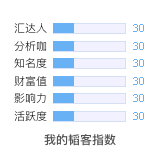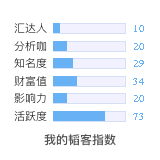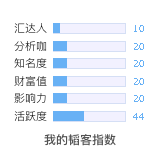10 Steps To Professional Day Trading
10 Steps To Professional Day Trading
Everyone trades a little differently. The trading method outlined below is MY personal approach to trading. This method has worked for me for the last 20 years, and has helped me to avoid big draw downs since the mid 1980's. My trading strategy has helped me to make a good living trading.
It takes some time to learn my method of trading because it's based on tape reading and getting a "feel" for the market. This is *not* about a fast,easy formula to "get rich quick" while you sweat out every trade. Instead, this is about developing confidence and trading consistently without fear and without big draw downs.
Here is my 10 Step Approach to Learning My Style of Trading:
1. Practice exiting trades at break-even, using a one-tick target, a two or three tick soft stop (mental stop) and a 1.5 point hard stop. Never *allow* the market hit your hard stop. Exit by moving your target toward your hard stop, not by moving your hard stop towards your target. With time, all of this must become a reflex. You won't always be able to keep your losses down to 2 ticks, but only on rare occasions should you find yourself letting the market hit your hard stop. ("Rarely" means only about once every 50-100 trades after you get the hang of it.)
Even though your entries won't be good enough in the beginning to make a profit trading these tight soft stops, your entries will gradually improve until you turn the corner and become profitable.
Learn exits and entries separately. Don't let the one influence the other.
Taking losses this way takes dedication and discipline, so stick with it. It's the key to confident trading. If you never take large losses (and rarely medium size ones), the fear of loss pretty much goes away, and your confidence grows. Especially after your entries improve enough to support a "scalping" type exit strategy.
2. Every trade *in all market conditions* begins as a scalp. Let me clarify this: if you're in a choppy market and you're looking to get small gains, like a point or so, manage your initial hard and soft stops *exactly* the same way you would in a quick trend or any other type of market. That means keeping losses as close to 2 ticks as possible, taking lots of break even trades and exiting every time the market doesn't give you *instant gratification* (within a minute or so).
No matter what the market is doing, you must demand that it moves in your favor right after you enter, otherwise you get out as close to break even as possible. This means you'll be closing a lot of trades near break-even within the first minute. This is the foundation of learning to trade for consistent gains.
3. Don't worry about the commissions on break-even trades. If you do, you'll hold on to losing positions, begging them to turn around for you. This is called *hoping.* In this business, this type of *hoping* is the kiss of death. Your money-making trades must move your way in the first minute or less. When trades don't act right in the first minute, most of them will hit your hard stops.
So don't get hung up on the fact that your broker loves you. Who cares if he/she makes a living?
Your concern is *limiting losses*. I care more about this than anything else in trading. (Well-timed entries make my tight soft stops possible, so they're almost as important as the exits.)
4. Practice your entries until your timing is so good that you can *reasonably expect* the market to go your way immediately, before it goes more than 2 ticks against you. This is not easy at first, but if you stick with it, you'll get it.
5. Practice fading the emotional extremes on your entries. (Fading means entering in the opposite direction of the market's last move.) When an extreme NYSE-Tick (often above 1000 or below -1000) occurs at the same time the market accelerates into a support or resistance area, look for a price stall or reversal and fade the move. Fade the emotion.
6. Rarely, if ever, *chase* the market on your entries. Wait for a pullback to get onboard a trend.
I favor shorts over longs... I can get out of a short position quicker than I can get out of a long position. I don't know why. I like to say that I "see gravity better than helium." In the rare strong-trending markets where I may chase an entry, it's going to be a down trend, not an uptrend. I don't trust up trends enough to chase them. Maybe it's just a personal quirk and maybe not. I honestly don't know.
But it's interesting to note that most (not all) professional traders I've met are Bears and prefer short positions over longs. You should give it some thought and find out which direction works better for you. Are your losses bigger on shorts or longs? Specialize in one direction and trade the other direction only when things are looking real good.
7. Never let a gain turn into a loss. This will mean getting out of most trades a little (or a lot) too soon. You just have to live with it. Swing for home runs (greed) will ruin your trading. There is no mechanical formula that I know of, (such as, "move your stop to break even after you get 3 ticks gain") that will work. You have to develop a feel for how the market is acting at the moment, and use your feel to reduce your target or advance your hard stop. This comes with experience.
8. Develop a feel for the big picture movements of the market, not just the intraday action. Use the end-of-day market internals to analyze the market's mood and develop a daily bias.
9. Practice does *not* make perfect. Only *perfect practice* makes perfect. I learned this in my younger years, pursuing a professional
baseball career. Perfect practice will keep your losses smaller than your gains in the trading business.
There are a lot of things involved in perfect practice. When you get tired, or when the phone rings, or whatnot, *don't trade*. Always, *always* exit trades exactly the way I've outlined above on every trade in every market condition. Always *wait* for your pitch, the well-timed setup for entering. Don't practice sloppy entries just because you're bored. Only perfect practice will help you. Anything else just amounts to practicing bad habits.
10. Get a mentor. I traded for 6 years before I learned to keep my losses small. My trading turned around immediately after I met my mentor and talked to him on the phone for one week. Is there any serious profession that you can learn without a mentor? Maybe there is, but I don't know of any. It's certainly not trading.
发表于:2007-08-01 23:08只看该作者
2楼
:L
韬客社区www.talkfx.co
发表于:2007-08-02 06:34只看该作者
4楼
lz哪里转的?
发表于:2007-08-02 08:13只看该作者
5楼
:hua:
韬客社区www.talkfx.co
发表于:2007-08-02 08:14只看该作者
6楼
英语四级
韬客社区www.talkfx.co
发表于:2007-08-02 08:22只看该作者
7楼
:(
韬客社区www.talkfx.co
发表于:2007-08-02 08:26只看该作者
8楼
:N
韬客社区www.talkfx.co
发表于:2007-08-02 08:28只看该作者
9楼
頭暈
韬客社区www.talkfx.co
发表于:2007-08-02 10:09只看该作者
10楼
看不懂:L
韬客社区www.talkfx.co
发表于:2007-08-02 10:13只看该作者
11楼
何止英语四级啊,简直就是专业八级
韬客社区www.talkfx.co
发表于:2007-08-02 11:00只看该作者
12楼
能鉴定出是八级,的, 也得是10级吧
韬客社区www.talkfx.co
发表于:2007-08-02 11:03只看该作者
13楼
soft stop, hard stop, one tick target, 高手请指点一下迷津:(
韬客社区www.talkfx.co
发表于:2007-08-02 11:12只看该作者
15楼
N年前的六级,看着累。:L
机会是等来的,不是抓来的。
耐心、冷静、果断;不贪、不惧。蛋定~~
发表于:2007-08-02 11:14只看该作者
17楼
鸟儿虫儿好多:lol
老婆说了,一天收一个土豆就会很高兴
发表于:2007-08-02 11:30只看该作者
18楼
:L
发表于:2007-08-02 11:45只看该作者
19楼


发表于:2007-08-02 12:06只看该作者
20楼
You invest to make money. When you buy a stock, your objective is to sell it at some point down the road for a profit. Planning your exit strategy (the price at which you would be comfortable selling your shares) is a critical component of a more disciplined approach to investing.
BMO InvestorLine is pleased to offer our clients two types of orders, Hard Stops (see below) and Trailing Stops. These orders allow you to plan and set up your exit strategy at any point, even as early as when you are placing your buy orders. These tools will help you manage your investment portfolio, lock in your gains and minimize your downside risk.
Hard Stop Orders allow you to decide on a "hard" or firm price at which to sell your stock and lock in your gains. Hard Stop Orders are very similar to Limit Sell Orders, with one key difference: a Hard Stop Order has an indefinite expiry date. Once you place the order, it is good until filled or until you cancel it.
This small distinction is an extremely important one for investors who want to take a more disciplined approach to investing. Hard Stop Orders let you plan your "exit strategy" up front. You can set up your desired sell price (Price Limit) and not have to worry about whether you have a sell order when you are not monitoring the price of your stocks. Your Hard Stop Order will remain open until your stock is sold at your specified price, or until you cancel the order.






